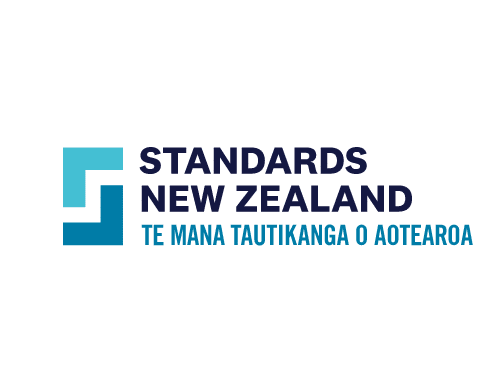
Lighting Controls Technology – The True Cost of Getting It Wrong!
Unfortunately, one size does not fit all.
When deciding on the most appropriate control methodology one must first identify the key features of the space.
To ‘comply’ it is seldom necessary to do much to meet building regulations and provide a basic level of control. However, this ‘compliance level’ will not provide a sound footing for a connected building.
Is this important?
Today’s world is ‘smart’, and technology is integral in how we manage our working and personal lifestyles. Clients aspire to provide smart spaces for customers and staff and have an expectation of interconnectivity. Unfortunately, what the client wants, and what they get is often poles apart – the solution more often determined by budget than needs.
If the lighting control technology and essential ‘life-saving’ systems such as emergency lighting were protected elements within a project, then the adoption of smart infrastructures would proceed at a quicker pace.
Unfortunately, lighting and the control of lighting is seen as a commodity and is often priced on redundant models that do not reflect more recent developments in technology. In New Zealand (not so much in other countries) it is still common for the lighting controls technology to be dropped from a project to cut costs.
Cutting costs
Quantity surveyors or cost consultants are often used to ensure costs are kept in check and projects are delivered on time and to the budget agreed. These professionals use the data they have, to work out costs for a particular project. All well and good, but when costs are reduced in order to meet an arbitrary budget, the impact on controls can have a serious and unintended knock-on effect both on overall building performance across total lifespan, and on failure to meet client’s expectation.
A ‘cheaper’ solution is not a ‘better’ solution. There is a reason for something being cheaper. You will be getting less for your money, and the results of cutting costs and therefore features from the control system can manifest in different ways, particularly when it comes to performance and security. The decision to use the wrong lighting controls technology can be a costly one, particularly if the desire is to deliver a smart building.
How then can we ensure that the need to meet budget constraints for the initial project, is not going to have negative effects on the long term performance of the building?
Our approach is to use products and systems that allow scalability. The project can then be tailored to meet budget constraints without limiting either the functionality of the lighting control system or the ability of the building owner or occupier to expand the system/functionality at a later date.
The rate of change is rapid in lighting controls technology and evaluating technological choices is complex. Our approach simplifies the decision process and minimises the chance of ‘getting it wrong’.
We work with you and your key stakeholders to ensure the solution provided not only meets budget now with a control strategy for today, but also has an eye for the future, with the ability to upgrade the system, install security patches, and expand the functionality to meet future needs and keep pace with new developments in building technology as they occur. Give us a call
Read more on lighting control


